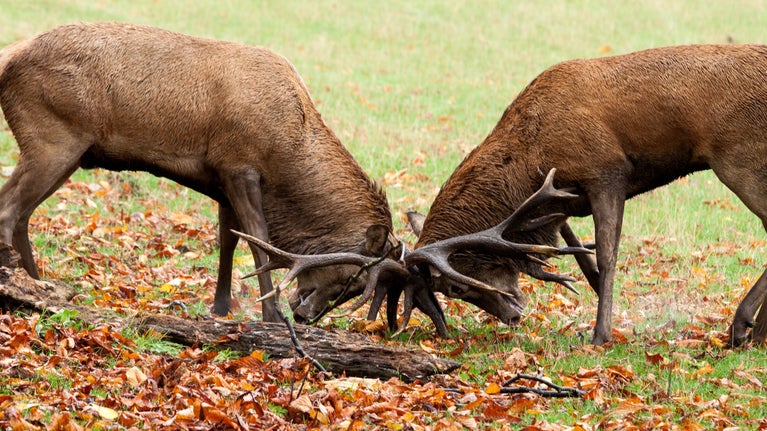
Explore the natural world
From learning how to identify trees to discovering the underwater world of rockpools, pick up some top tips to help you get closer to nature.

Along with their damselfly cousins, dragonflies have hovered the earth since pre-historic times. But now they’re becoming a less familiar sight because of threats to the wetland habitats they live in. Find out how to help protect them and conserve these delicate ecosystems.
With shimmering bodies flashing in the sun, dragonflies can fly sideways and even backwards on fast, agile wings. Their powerful eyes see ultraviolet light so they can easily spot prey and snatch meals on the go.
Summer months are the best time to spot these exotic insects. They’re out in force from mid-May to August, although you might see some as late as October.
Pick a warm, sunny day when there’s no wind and explore near a pond, lake, river or nature reserve. To get a clear photo, try peaceful spots fringed with plants: they like to perch on stems and leaves.

This blue and black damselfly can be found hovering gently over the surface of most waters.
A common dragonfly seen near canals and lakes, easily recognised by its chocolate-brown body and tiny yellow and blue markings. It has distinctive transparent brown wings.
A summer and autumn species that can be spotted well into November. Males are bright red while the females and immature adults are golden-brown.
These are active dragonflies which can be seen around ponds, lakes and in woods. When perched you may be able to get close for a good look and easily see the four spots on the wings.

The males always have a blue spot on the ‘tail’ and blue eyes. They can occur in large numbers along with other damselflies.
This distinctive and brightly coloured damselfly has a deep scarlet body with black legs and a gold band on its tail.
You can spot this one from the distinctive bands on its wings, which are blue on the male and pale green on the female. You can see them along riverbanks.
Despite being ace flyers and expert hunters, some dragonfly numbers are falling across the UK. It’s a sign their wetland habitats aren’t as healthy as they once were, with pollution and climate change taking their toll, too.

From learning how to identify trees to discovering the underwater world of rockpools, pick up some top tips to help you get closer to nature.
Discover what wildlife and wildflowers you can see in meadows this summer, including butterflies, grasshoppers, moths and orchids.

Discover the stories behind some famous British wild flowers and how wildflower meadows support important species from butterflies to bees.

Join us on a search for glow worms in our podcast episode, Spooky Nights and Glowing Lights – an exploration of Stockbridge Down in Hampshire by nightfall. You can also find more stories from series seven filled with nature and history.
